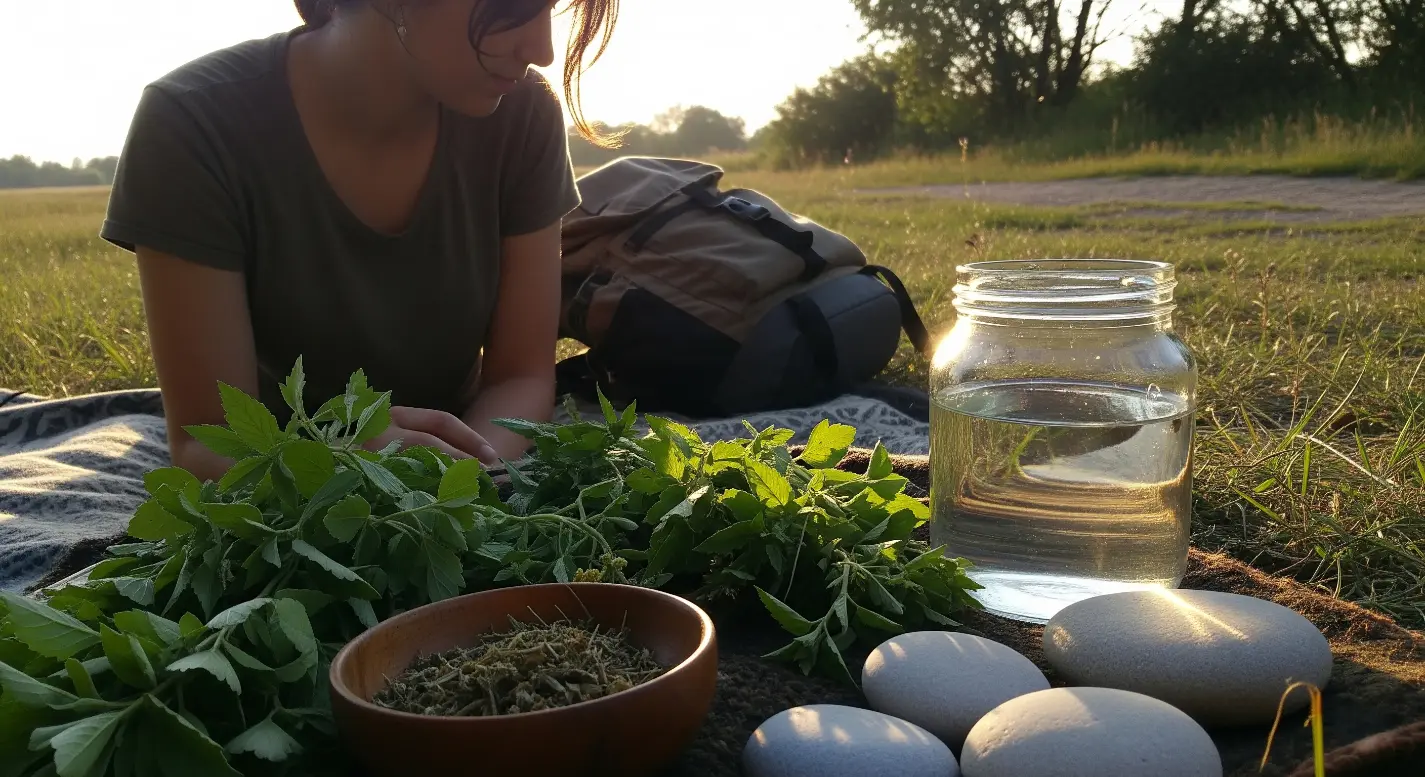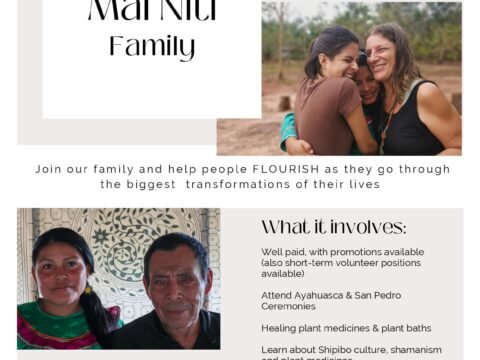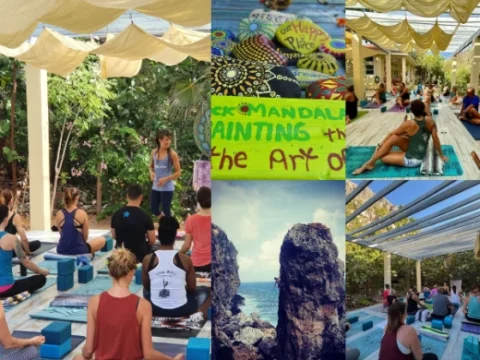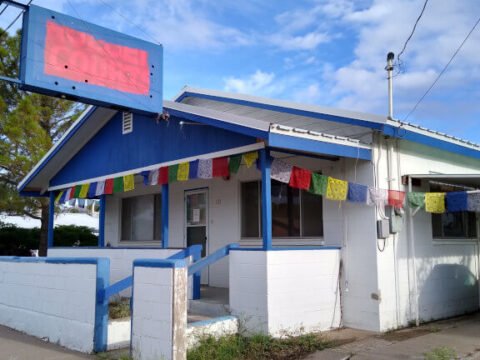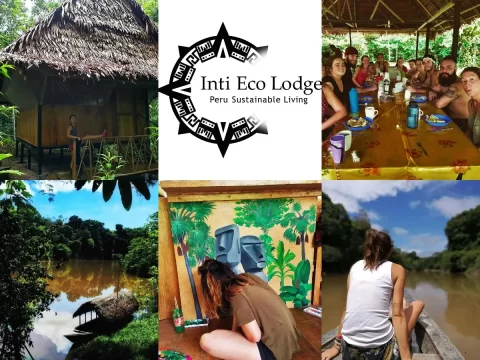Natural medicine
Naturopathy
Natural medicine is the idea that through nature, its elements, its laws and its life force men can cure themselves and ease their suffering. The idea of a ‘vis medicatrix naturae’ (the healing energy of nature) circulated since classical antiquity.
Natural medicine, also called traditional medicine, uses the elements of nature:
- energy,
- plants,
- minerals,
- water,
- earth
- breath.
In any case, it should not substitute the official medicine but just make it “complete” or integrate it.
Natural medicine in the East and the West
In the East, there are established medical systems, such as Traditional Chinese Medicine and Ayurvedic Medicine, which have maintained their traditions over millennia to this day.
Today Integrated Medicine and Naturopathy are increasingly spreading the principles of health education and prevention, contributing in a concrete and important way to the well-being of the population.
A brief history of traditional/natural medicine
4000-3000 BC: Mesopotamia
Medicine is the exclusive competence of priests and soothsayers. In order to explain illnesses, know their cause and remedies, our ancestors practised magic rites, looking for answers for example in the flight of birds, in the swirls of smoke, in the stains of oil poured into water.
Since 3000 B.C. two great schools of traditional medicine have developed in the Far East: in the Indus area, Ayurvedic Medicine, and in China, Traditional Chinese Medicine, practised uninterruptedly until today in the Far East, and now widespread in the rest of the world. Tibetan Medicine developed as an integration of the two.
2000 B.C.: Egypt
The civilization that flourished along the Nile River starts the first arrangement of medical knowledge. Different disciplines became established, with specialists able to extract teeth, treat eye diseases, stomach disorders, menstrual pain and even prostatitis, using a bamboo stick as a catheter. Alongside the doctor, the figure of the nurse also began to emerge, i.e. the assistant who at various levels helps and assists the sick person.
1000-500 B.C. Greece
Priests were the custodians and holders of medical knowledge in pre-classical Greece, enjoying a kind of monopoly on the treatment of the sick people. Rituals are still an integral part of the healing process.
500 BC Greece
In classical Greece, with Hippocrates (460-370 B.C.), a sort of secularisation of medicine took place, which was no longer the monopoly of priests and was taught in schools. Hippocrates developed the thought of the philosopher Empedocles and established two fundamental principles: “similia similibus curantur” and “contraria contrarii curantur”.
100- 200 AD Italy
Galen (129-370 A.D.) introduced therapeutic scepticism into medical science: the curative process may be accompanied by the doctor’s intervention, but fundamentally it is nature, “medicatrix naturae”, that heals diseases.
500 -1500 AD: Europe
The Church increasingly imposed itself as the guardian and arbiter of tradition, assigning medical tasks to the friars in the monasteries.
During most of the Middle Ages, healers and ‘witches’ were persecuted, while any innovative theory was viewed with suspicion. In these centuries there were no particular developments in the medical field.
1500 AD Europe
This was the century of Paracelsus (1493-1541), who started a real revolution in the medical knowledge of his time, which is why he was doggedly persecuted by the Church. To the theory of the four elements (Air – Water – Earth – Fire), Paracelsus added three generating principles (Sulphur – Mercury – Salt). He introduced the concept of Microcosm and Macrocosm where the human being is a conforming reproduction of the universe and what is above is like what is below. He devoted a large part of his research to the study of plants, which he classified according to the criterion of ‘signatures’, i.e. the forms that can be found in them.
1600 AD
With Galileo (1564-1642), Descartes (1596-1650) and Newton (1642-1727), deductive thinking was born and developed, based on the observation of phenomena and experience as verification of the theory. In the medical field, in spite of the bans imposed by the Pope, anatomy studies regained momentum.
The invention of an instrument such as the microscope enabled the first observations of red blood cells.
1700 AD
From cosmology to medicine, mechanistic thinking dominated, with its cause-and-effect view.
It was at this time that Hahnemann (1755-1843), considered to be the founder of homoeopathy, lived and worked. This science further developed and deepened the principle of analogy, according to which like cures like.
Despite the fact that this theory has been and still is very much opposed, its spread throughout the world has been exponential, especially in the last twenty years.
1800 AD.
Medicine is at this point completely free from the impediments of religion and prejudice, but at the same time, a clear separation begins to emerge from traditional medicine, which had continued its research even in the more secular climate of these centuries.
1900 AD
Conventional medicine imposed itself in the universities, became an integral part of the politics of the States and claimed exclusively for itself all competence in diagnosis and treatment.
The discovery of antibiotics, corticosteroids, anti-inflammatory drugs, chemotherapeutic agents, etc. has given a major boost to this model of medical research development. The damage caused by the abuse of their use, under the pressure of the interests of the pharmaceutical companies or the lack of interest of many bureaucratic doctors, is now unanimously recognised.
However, phytotherapy, i.e. the study of the active principles contained in plants, has survived the monopolistic claim of medicine, mainly thanks to herbalists. From the 1960s onwards, it was the herbalist shops, small artisan workshops capable of supplying high-quality products, that revived interest in naturopathy.
In the 1980s and 1990s, the figure of the ‘alternative’ doctor, who follows natural medicine, and the non-medical naturopath spread. Schools of homoeopathy, acupuncture, shiatsu and naturopathy “flourished”.
Natural medicine 🌿 projects abroad & articles
This section is new, help us improve it! If you have a volunteer project related to natural medicine, and you are looking for volunteers to help you, feel free to add your listing! ✍🏻





